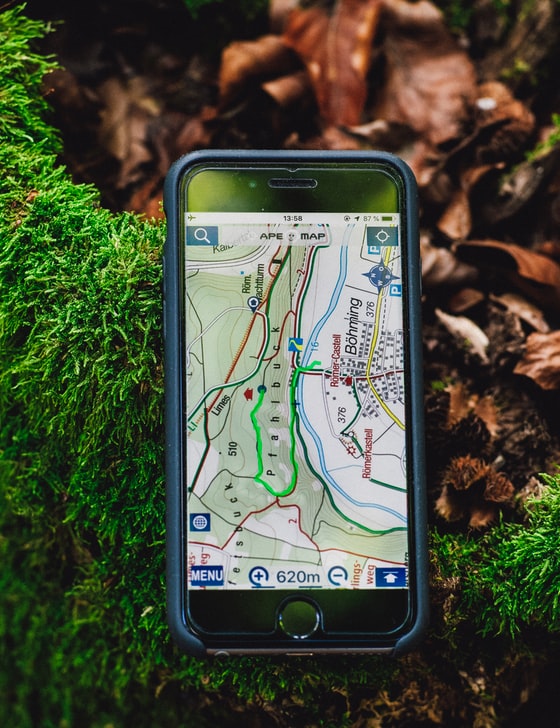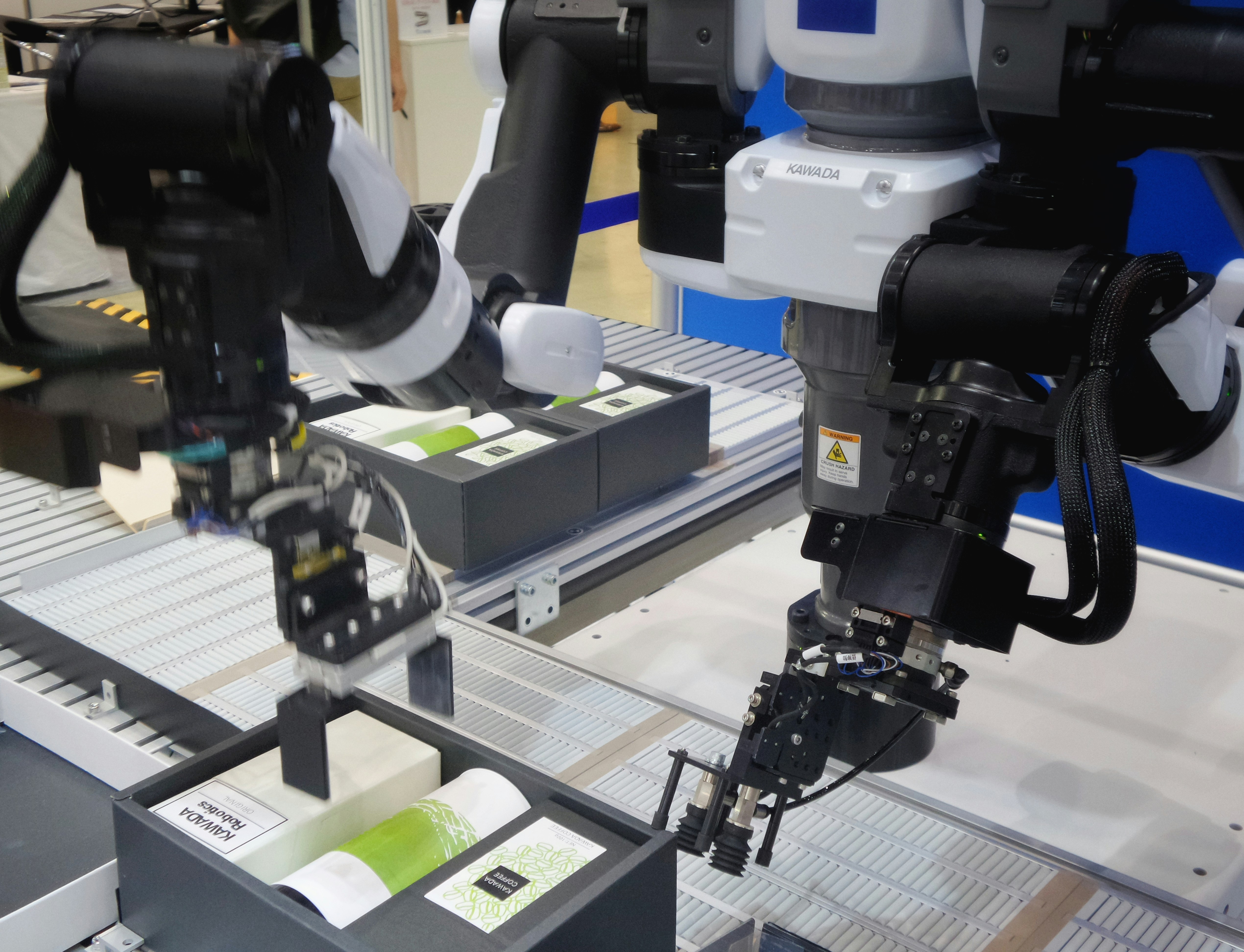Use Cases
AI. Innovation. Everything in between.
Examples of the use of artificial intelligence in various industries and business sectors
Thank you! Your submission has been received!
Oops! Something went wrong while submitting the form.
Thank you! Your submission has been received!
Oops! Something went wrong while submitting the form.
scores 1
Show 1 -3 of 6
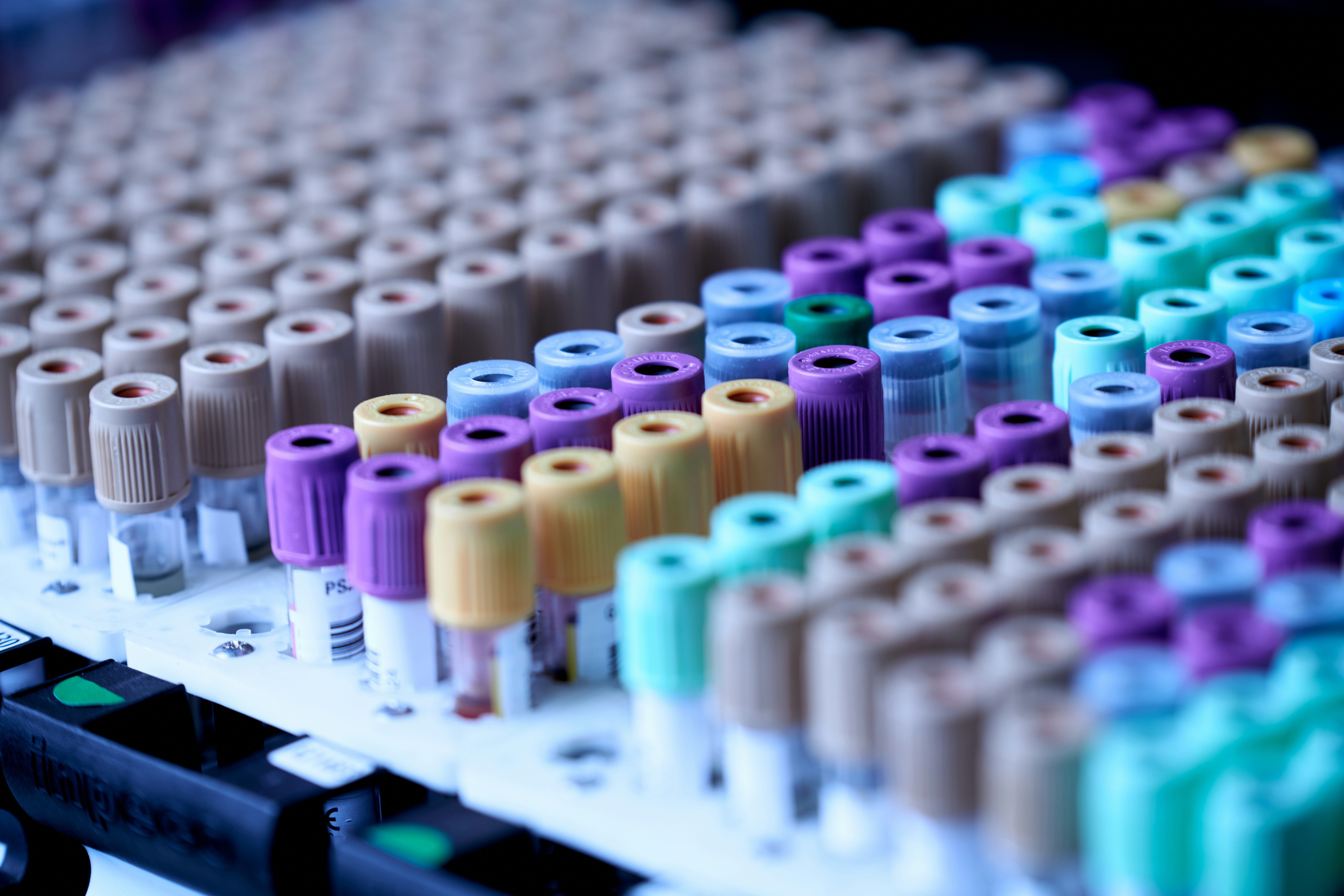
Automated search and summarization of thousands of studies on protein behavior, receptor action, or metabolism.
NLP for drug discovery

Automatic reading, allocation and further processing of delivery notes, bills of lading and invoices.
Intelligent document processing logistics

According to Leufkens et al. (2012), typical colonoscopy screenings miss 22% - 28% of polyps and 20% - 24% of adenomas. Using machine learning, the live 2D image from colonoscopy can be reconstructed into a 3D model of the large intestine, which highlights segments that require additional coverage.
Improved colonoscopy

Predictive models for bed utilization, emergency room figures or staff-intensive services improve planning & shift management.
Healthcare resource forecast

Early identification of delays, bottlenecks, or data inconsistencies using supervised and unsupervised learning processes.
Supply chain anomaly detection

Risk analysis and dynamic developments in the investment and capital market sector — with the help of predictive models based on daily updated parameters.
Portfolio forecasts & scenario simulation
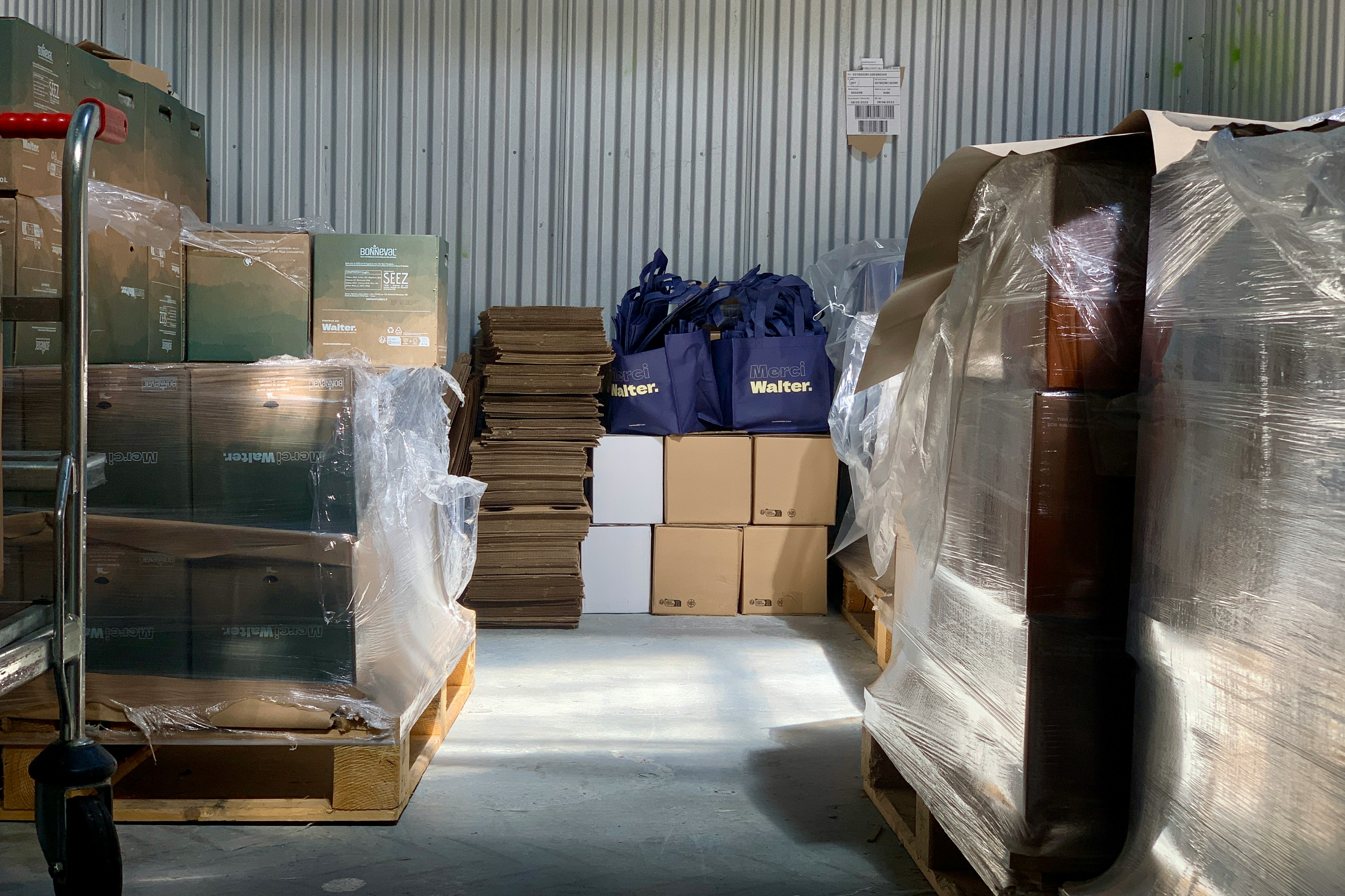
Computer vision to identify and classify packages, pallets, or damaged units.
Automated shipment and label recognition

Computer Vision recognizes products via camera, e.g. at self-service checkouts, for theft prevention or inventory automation.
Visual product recognition in the store

Automated, verifiable and faster coding of ethics applications, study protocols, reports, or AE documentation.
Pharmaceutical document classification
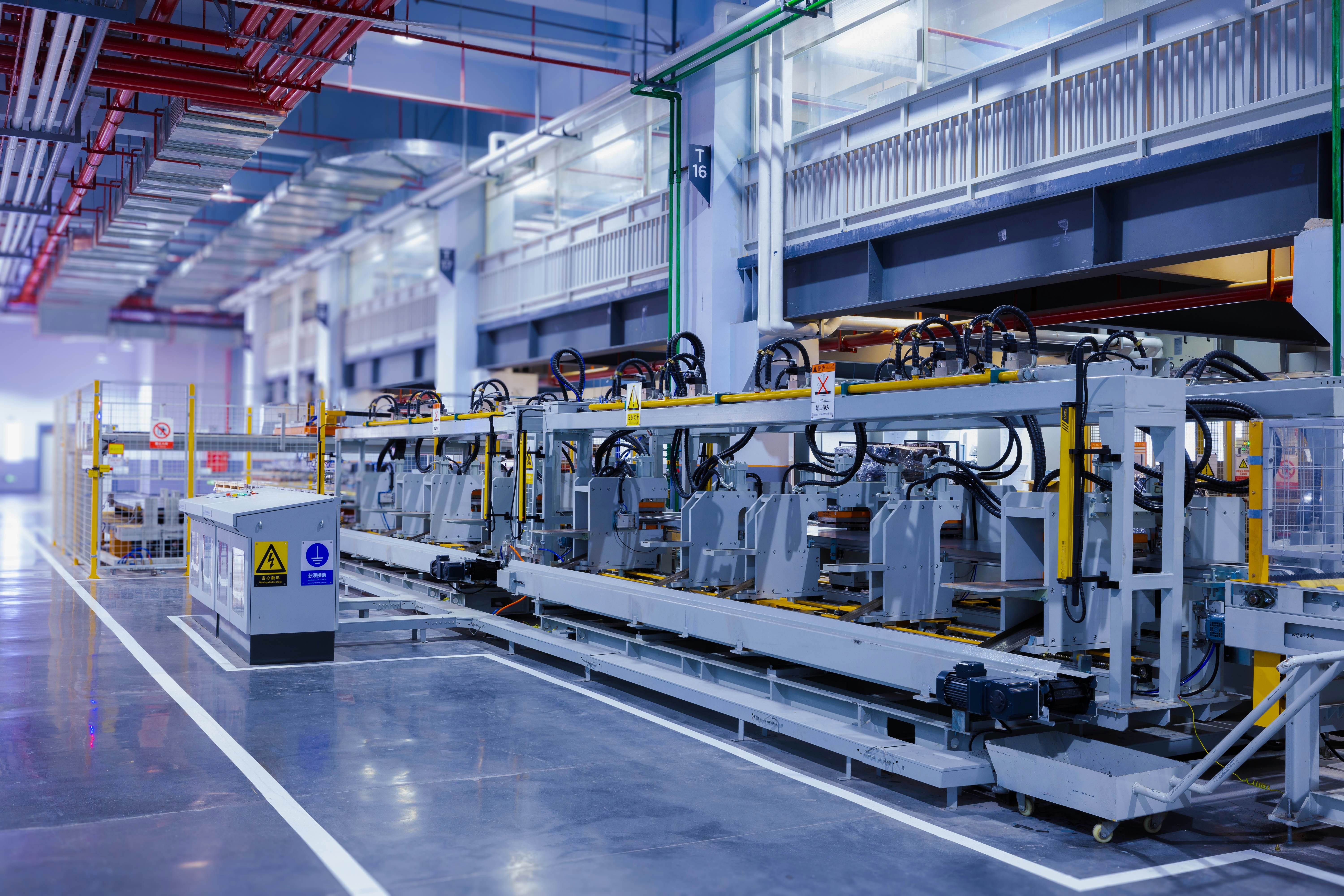
Virtual sensors measure production parameters without additional hardware. Machine learning uses existing data, such as temperature or current values, to derive new, valuable variables.
virtual sensors

The famous “Enhance!” from CSI and other TV series is no longer a joke. With the new generative adversarial network, the image resolution of one or a series of lower-resolution images can be improved.
Improve resolution in images

Forecast models identify risks due to delays, bottlenecks or border stoppages and dynamically suggest alternatives.
Supply chain analysis

More efficient processing of account opening documents or asset report data through natural language processing (NLP).
Automated document classification banking
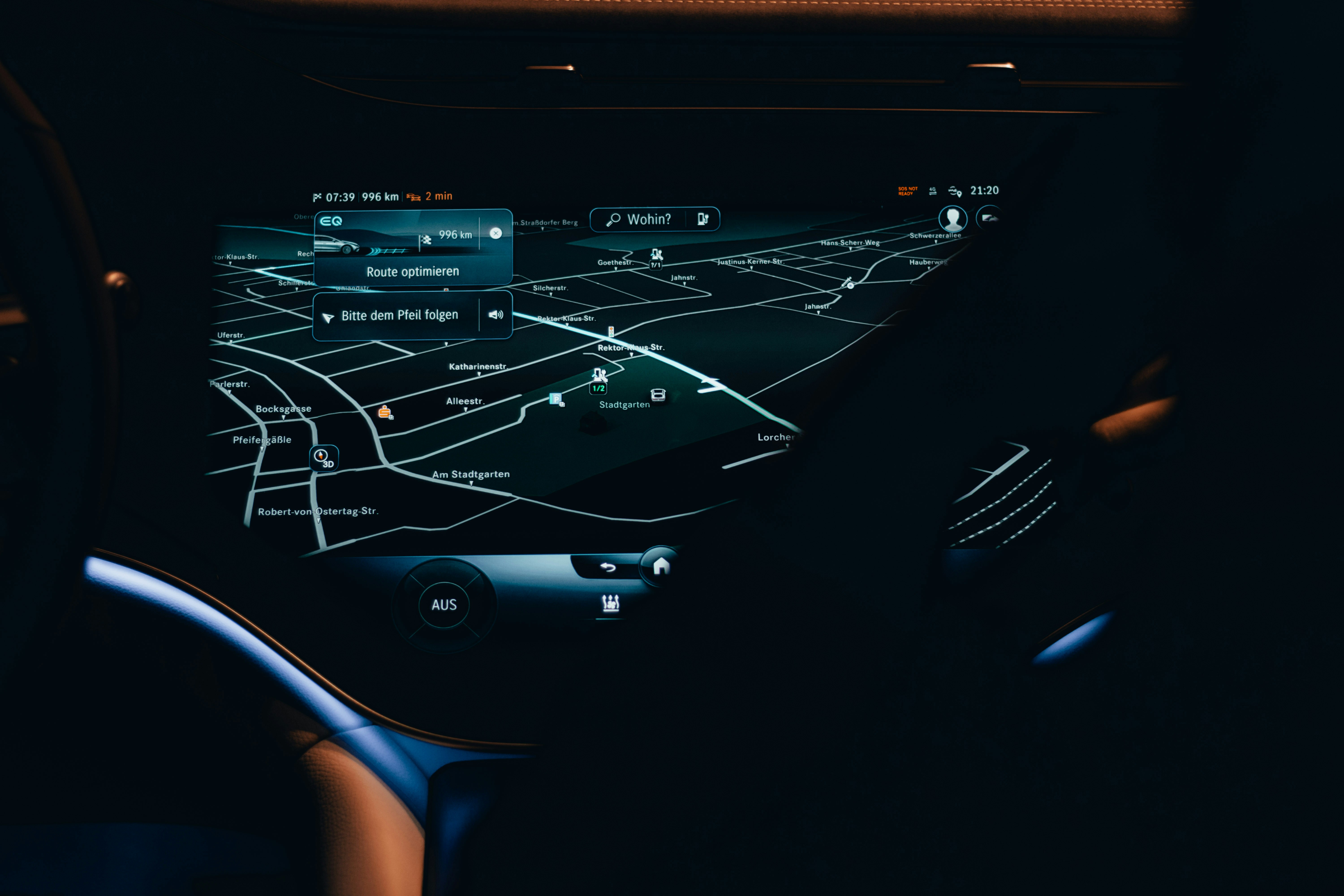
Conversational AI for drivers: NLP models recognize intentions and control on-board functions depending on the situation — even offline.
In-vehicle voice processing

Reliable forecasts of electricity prices, trading volumes or customer demand on an hourly, daily or monthly basis.
Business optimization via AI forecast

Using camera and deep learning, seam defects, paint inclusions or component deviations can be detected and documented at an early stage.
Visual quality control with CV

sports telemetry. By tracking and analyzing player movement in the game, we can generate crucial contextual insights from data to show you the things you've seen but haven't seen. The findings help teams make smarter decisions, but also broadcasters and the media to bring their audience closer to the game with deeper analysis.
Sports video analysis

Monitor user-generated content to prevent content that violates your terms of use. Prevent behavior such as bullying and revenge porn that harms both users and the platform's authenticity.
Nudity detection
No suitable use case was found for your search
Reset all filters



